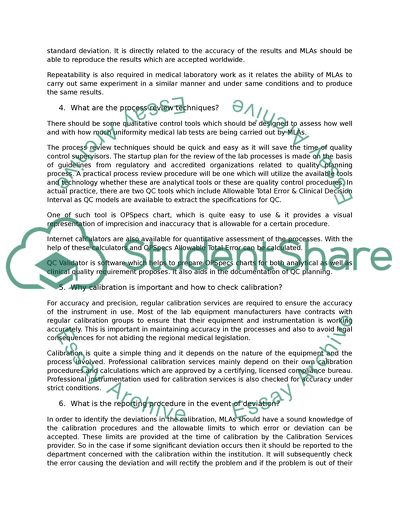Cite this document
(“The Role of Medical Laboratory Assistants Assignment”, n.d.)
The Role of Medical Laboratory Assistants Assignment. Retrieved from https://studentshare.org/health-sciences-medicine/1746524-the-role-of-medical-laboratory-assistants
The Role of Medical Laboratory Assistants Assignment. Retrieved from https://studentshare.org/health-sciences-medicine/1746524-the-role-of-medical-laboratory-assistants
(The Role of Medical Laboratory Assistants Assignment)
The Role of Medical Laboratory Assistants Assignment. https://studentshare.org/health-sciences-medicine/1746524-the-role-of-medical-laboratory-assistants.
The Role of Medical Laboratory Assistants Assignment. https://studentshare.org/health-sciences-medicine/1746524-the-role-of-medical-laboratory-assistants.
“The Role of Medical Laboratory Assistants Assignment”, n.d. https://studentshare.org/health-sciences-medicine/1746524-the-role-of-medical-laboratory-assistants.


